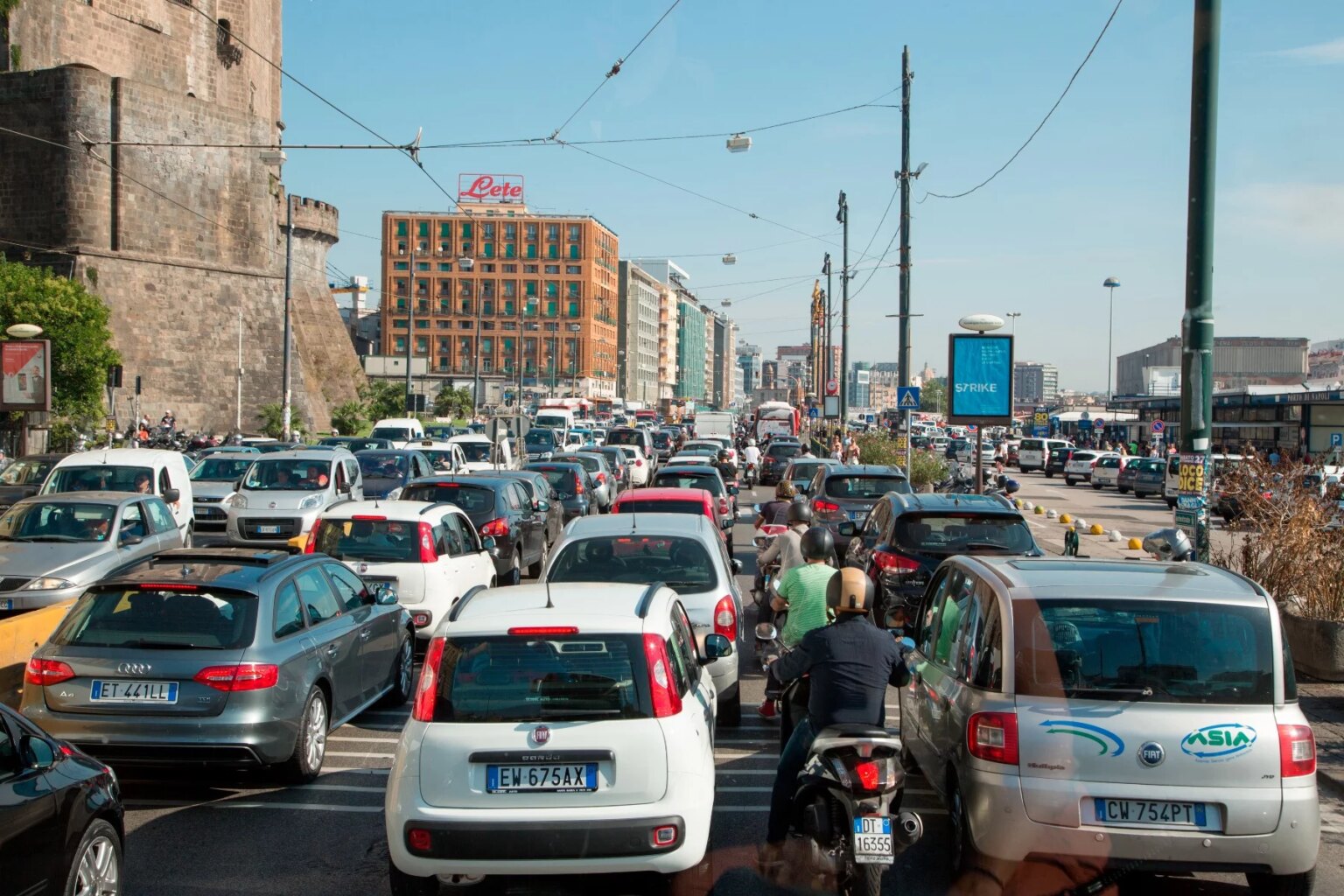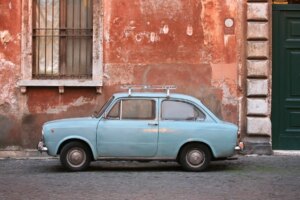The Italian roads can feel daunting, even for the most experienced drivers. Luckily, learning how to drive and getting a permit is relatively straightforward. And if you already have a valid foreign license, you can exchange it pretty easily.
Here’s what you need to know:
- Driving licenses in Italy
- Getting a driving license
- Driving tests in Italy
- Driving lessons in Italy
- Driving with a foreign license in Italy
- Exchanging a foreign driving license in Italy
- Renewing a driving license in Italy
- Lost or stolen driver’s licenses
- Damaged driving permits
- Italian driver’s licenses for other vehicles
- Useful resources
Driving licenses in Italy
An Italian driver’s license (patente di guida) is an official document that allows you to drive in Italy and all member states of the European Union (EU) and European Economic Area (EEA). The permit is a pink plastic card, similar in size to a credit card, and follows the EU standard.
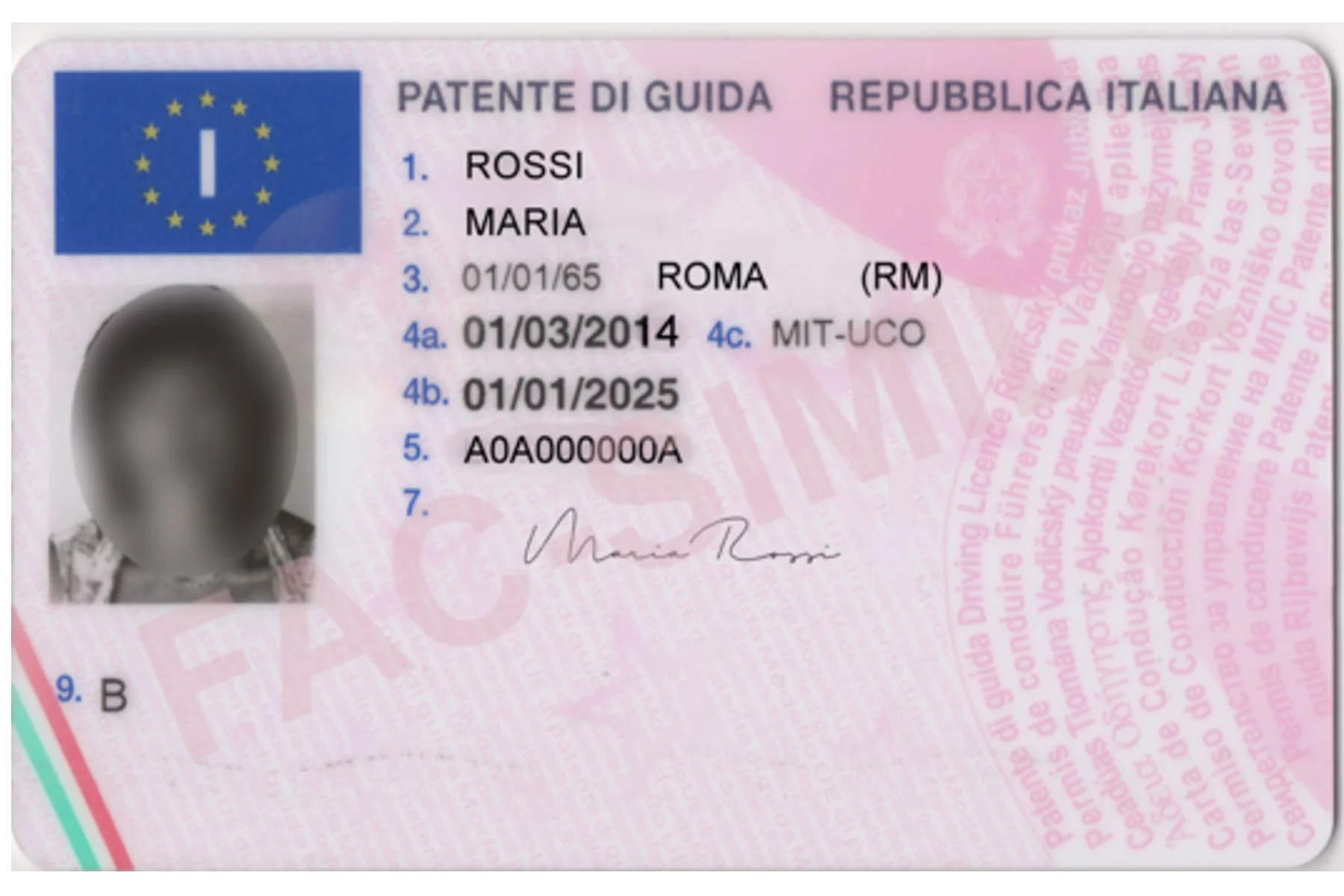
The card contains your personal information, including vehicles you can drive. Licenses are valid for up to 10 years, depending on your age and license category.
On the front of the card, you’ll find the following:
| Number on the license | Information it contains |
| 1 and 2 | Your full name |
| 3 | Your date of birth and where the license was issued |
| 4a and 4b | The start and expiry date of the license |
| 4c | The issuing authority |
| 5 | Your license number |
| 7 | Your signature |
| 9 | Your license category (e.g., B for cars) |
On the back of the card, you can find a table with information on the different driving categories. Italy has four main categories, including:
- AM – mopeds
- A – tricycles and motorcycles
- B1 – quadricyle
- B – cars
- C – small trucks
- D – motor vehicles that can transport up to 8 people (i.e., a bus)
There are also professional licenses for driving a taxi (KA and KB), trucks and large buses (CQC), and dangerous goods transport (ADR).
Driving permits fall under the scope of the Ministry of Infrastructure and Transport (Ministero delle infrastrutture e dei trasporti – MIT) and are issued by local civil motorization offices in Italy (uffici di motorizzazione civile – UMC).
Points system
To discourage reckless drivers, Italy uses a demerit point system against licenses when traffic violations are committed.
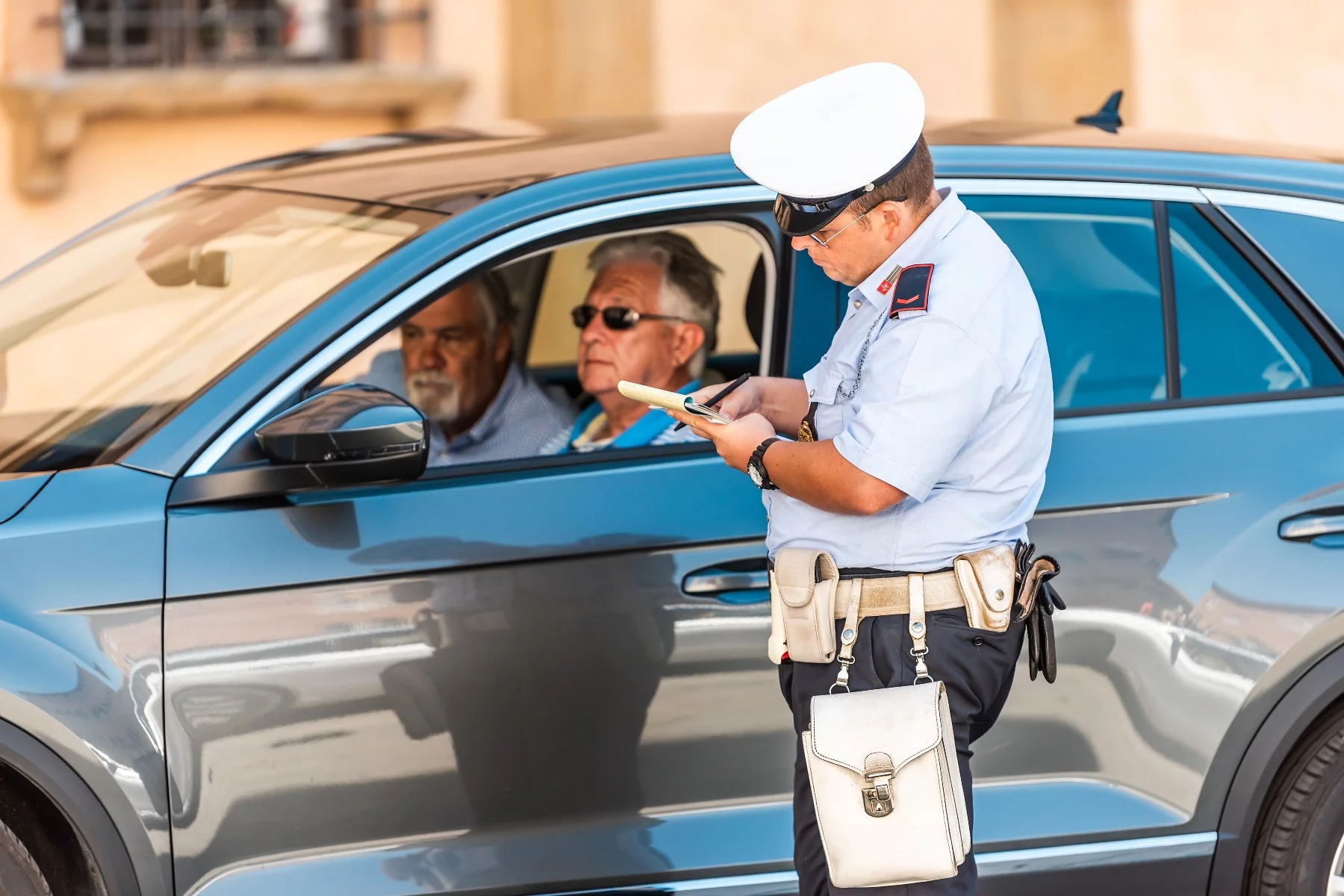
Each permit starts out with an initial score of 20 points. Depending on the severity of the offense, you can lose between one and 10 points. Novice drivers (neopatentati) will lose double the amount of points for each road offense during the first three years of their driving life.
Once you have zero points, your license will be suspended, and you’ll have 30 days to retake the driving tests. If you do not take or pass the exams, your permit will be revoked.
If you have lost points, you can earn them back by taking a special points recovery course. These are offered by driving schools and other centers, allowing you to recuperate the following:
- Six points when you have a category A or B license
- Nine points when you have a category C or D, or professional driver’s permit
Another way to reclaim points is by not committing any more traffic violations. Every two years, Italy offers bonus points to drivers who stay on the straight and narrow:
- Drivers with 20 points receive an extra two points and can have a maximum of 30 points in total
- Drivers with less than 20 points get their initial 20 points restored
Novice drivers will earn an extra point for each year they do not commit a road offense. They can receive a maximum of three bonus points (i.e., have 23 points in total).
Getting a driving license
In Italy, learning to drive a motorized vehicle starts as early as 14. By the time people reach 18, they can get a driving license.
Italy requires all motorists to undergo a medical examination from a qualified doctor or a local medical center (commissione medica locale – CML) before they can hit the road. During this same time, you can study for and take the driving theory exam.
After you pass these tests, you’ll receive a pink sheet (foglio rosa). This temporary permit – valid for 12 months – allows you to take practical driver’s lessons on the open road. By law, you must attend at least six hours of driving lessons before taking the practical exam. If you do not pass the driving test within that timeframe, you have to request a new pink sheet.
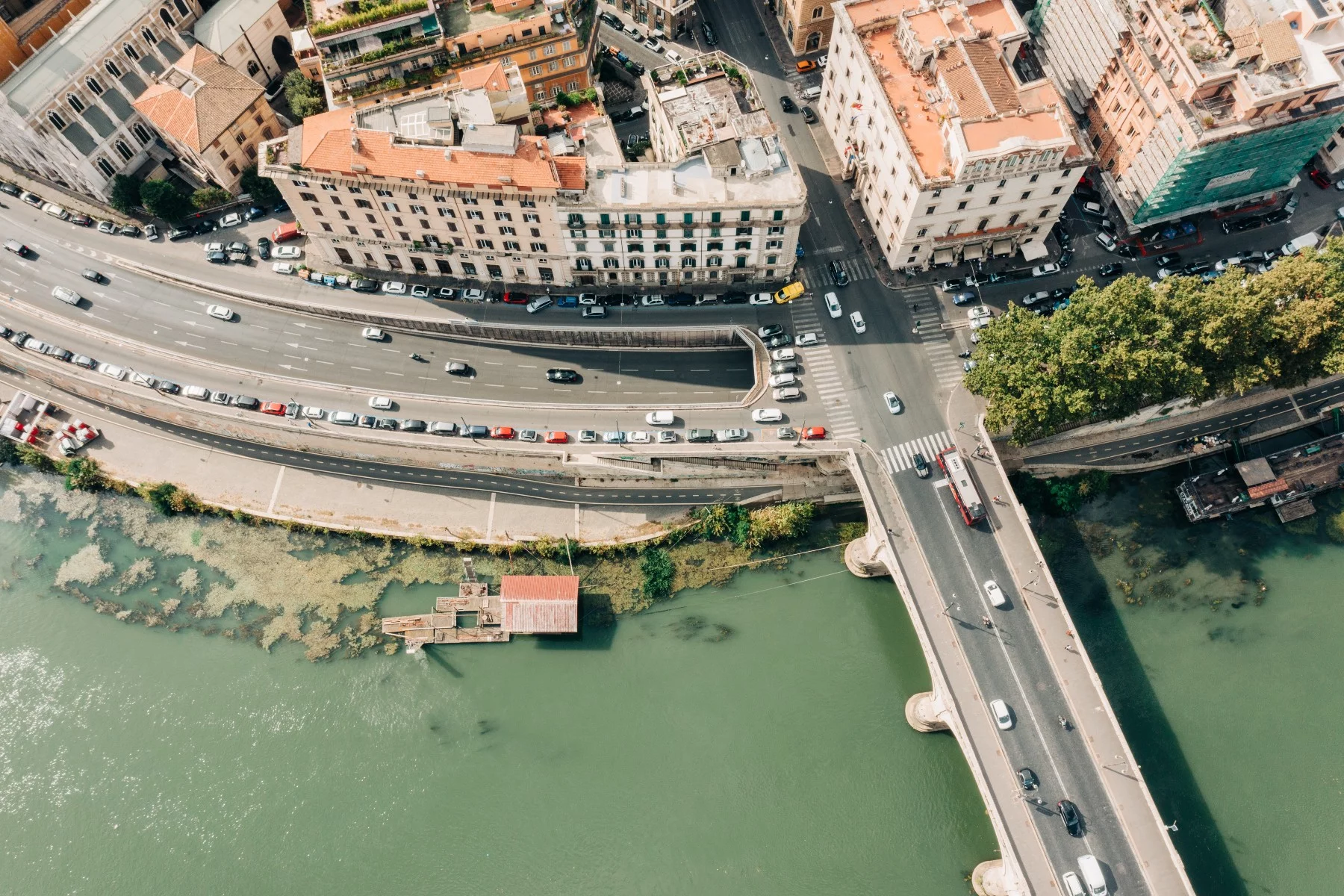
After you’ve passed the practical exam, you can apply for a driving license at the UMC. You’ll need to provide the following:
- Completed form TT2112
- Proof of payment
- Valid ID plus a copy
- Copy of medical certificate from a qualified Italian doctor
- no more than three months old if provided by a doctor
- no more than six months old if provided by a CML
- Copy of your tax code or national health card
- Proof of six hours of driving lessons (e.g., certificate of attendance)
If you are a non-EU/EEA citizen, you also have to prove your residence status in Italy by supplying a residence card or permit.
Your new license will take around two weeks to arrive. During this time, you can legally drive in Italy by showing your receipt from the UMC. If you do not receive your license after 15 days, you could contact the Ministry.
Drivers with disabilities
Although people sometimes still refer to it, Italy abolished the disability license F (patente F) in the 1990s. Instead, you can apply for a special license of category A, B, C, or D. Requirements include a medical certificate from a Local Health Authority (LHA – Azienda Usl), as well as a medical examination from the CML.
Getting your driving permit follows the same procedure as those who go for a non-disabled license. You must take six hours of driving lessons and pass a theory and practical driving test. If you already had a driver’s license before you had your disability, you’re not required to retake the tests.
After passing the exams, you can apply for a driving license at the UMC. You’ll need to supply the following:
- Completed form TT2112
- Proof of payment
- Valid ID plus a copy
- Certificate of eligibility from an LHA
- Copy of medical certificate from a qualified doctor
- no more than three months old if provided by a doctor
- no more than six months old if provided by a CML
- Copy of your tax code or national health card
- Proof of six hours of driving lessons (e.g., certificate of attendance)
Non-EU/EEA citizens must also prove their residence status by providing a residence card or permit.
Costs of a driver’s license
Depending on your location and learning skills, getting a driver’s license can cost between €600 and €1,200. Usually, driving schools (autoscuolas) will take care of the admin, including applying for exams and your license. You can also manage these things yourself, saving you a pretty penny.

In some regions, the UMC falls under the local authorities’ responsibility, not the national Ministry. That is why you might face different tax tariffs in these regions, for example:
The costs of getting an Italian driving license can be broken down as follows:
- Enrolling at a driving school – up to €200
- Medical exam – up to €80
- Registration, books, and theory exam – up to €400
- Driving lessons – between €45 and €60 per hour
- Practical exam – between €120 and €150
- Taxes – up to €70
You are allowed to take your theory exam twice. However, many driving schools will charge an extra fee. You can retake the practical test three times, but, again, driving schools often add an additional charge.
Beginner’s driving license
New drivers must adhere to a number of additional rules during the first three years of their license. These include:
- You cannot drive faster than 90 km/h on highways and 100 km/h on motorways
- You cannot drive a car that has an engine with more than 55 kW/t (kilowatt per tonne) unless an experienced driver accompanies you
- Novice drivers and people under 21 are limited to a blood alcohol content (BAC) of zero. In other words, driving under the influence (DUI) is prohibited.
Driving tests in Italy
Exam on driving theory
The theory exam (esame di teoria) tests your knowledge about the rules of the road, including civil responsibilities, speed limits, and the mechanics of a vehicle.

The test has 30 true or false questions, and you have 20 minutes to complete it. If you have more than three answers wrong, you have failed the exam and will have to wait a month before you can retake it.
The test is only available in Italian, so you’ll need to speak a basic level of Italian to pass. That said, some driving schools will help English speakers to prepare for their tests.
Practical driving test
After you’ve passed your theory test, you will get a pink sheet that allows you to practice driving on the open road. Legally, you have to have at least six hours of driver’s lessons accompanied by a qualified and authorized instructor. A lesson cannot exceed more than two hours per day. You’ll need to practice the following:
- Two hours of driving at night
- Two hours of driving on urban roads or rural roads (strada extraurbana secondaria)
- Two hours of driving on highways (strada extraurbana principale) or motorways
Once you are ready, the driving school will apply for a date for the practical exam (esame di pratica). This test can take the better part of a day, and costs between €120 and €180, including the admin fee of the driving school.
Driving lessons in Italy
Depending on your region, lessons at a driving school cost between €30 and €60 per hour. You can also opt for an independent private tutor, where lessons cost between €20 and €40 per hour.
Driving schools in Italy
You can use the Italian Yellow Pages to find a qualified driving school nationwide. Examples of schools in major cities include:
Rome (Roma):
Milan (Milano):
Florence (Firenze):
Driving with a foreign license in Italy
EU or EEA nationals looking to move to Italy can use their license until it expires. After that, you can request an Italian driver’s permit. If your license does not have an expiry date or a date that is longer than the EU standard (e.g., 20 years), you must exchange it for an Italian one after two years of residency.

Expats from outside the EU/EEA can use their driving permit for one year before exchanging it for an Italian license. During that first year, you also need an International Driving Permit (IDP – permesso di guida internazionale) or a sworn translation of your permit into Italian. Note that the IDP serves as an official translation, rather than replacing your driver’s permit. If you’re looking for a translator for your permit, you could try a service such as lingoking.
Exchanging a foreign driving license in Italy
You can exchange valid foreign driver’s permits at the UMC. The cost depends on your location but generally includes €10.20 for motor vehicle rights and €32 for the conversion.
In some regions, the UMC falls under the local authorities‘ responsibility, not the national Ministry. That is why you might face different tariffs in different areas, including Sicily and Valle d’Aosta.
EU/EEA nationals
You can use your original EU/EEA driving license in Italy until it expires. If it does not have an expiry date or is valid for longer than the EU standard, you need to exchange it for an Italian one after two years of living in the country.
Drivers from the EU/EEA do not require an additional driving exam. You will only need to provide the following documents:
- Filled out form TT2112
- Proof of payment
- 2 passport photos
- Original foreign driving license plus a full copy of the front and back
- Valid ID plus a full copy
- Tax code plus a full copy
You will also need to undergo a medical check with a qualified doctor if your original driving permit is or has:
- Expired or about to expire
- No expiry date
- Valid for a longer period than the standard EU license
The medical exam will incur additional charges on top of the payment for the conversion.
Non-EU/EEA citizens
People from non-EU/EEA countries can use their foreign driving licenses during the first year of living in Italy. After that, they will need to apply for an Italian driver’s permit.
If Italy and your country have an exchange agreement, you can exchange your license without any exams. However, if there isn’t an arrangement, you must retake the driving exam, effectively earning you a brand new driver’s permit.
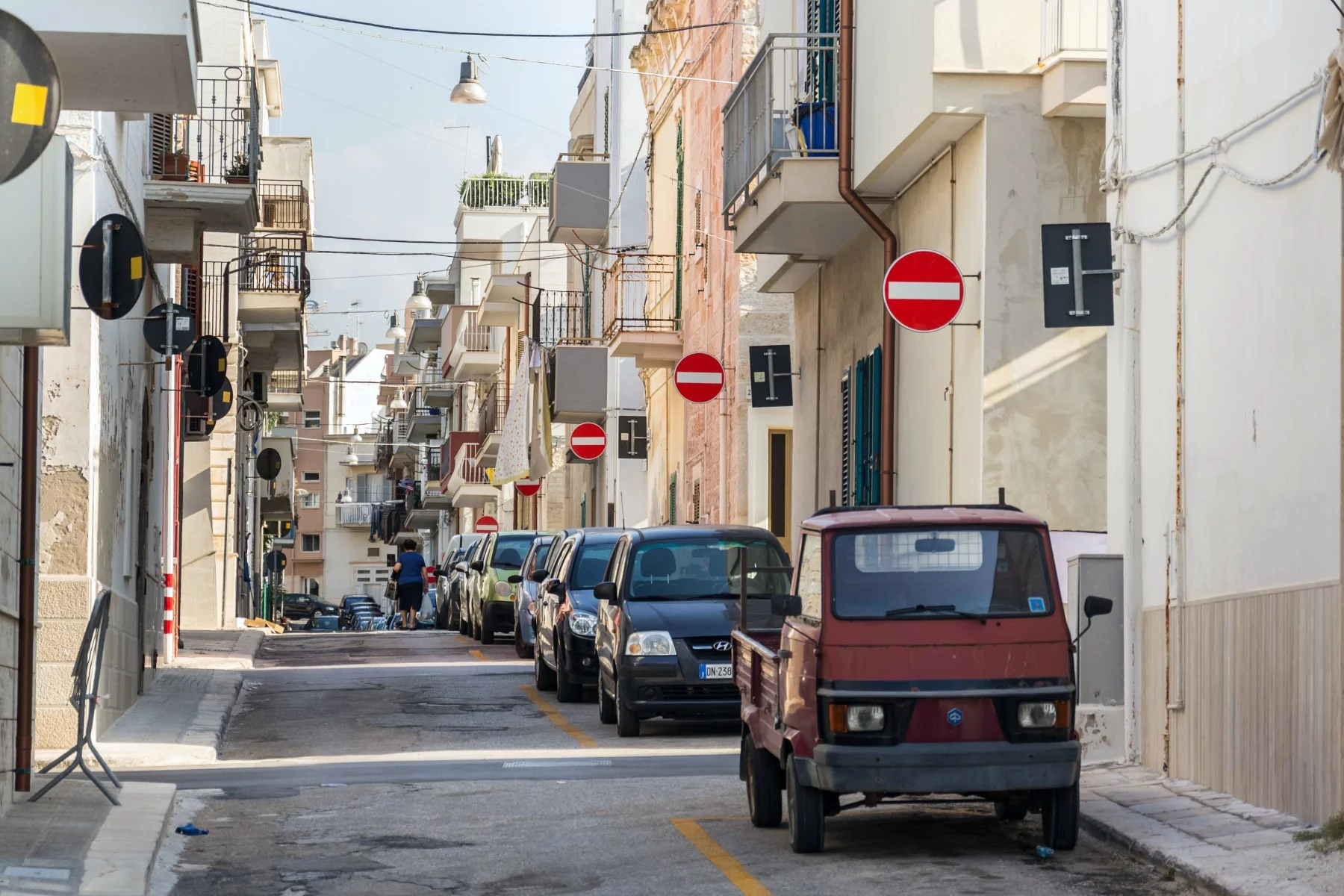
To convert your license, you’ll need to supply the following:
- Completed form TT2112
- Proof of payment
- Original foreign driving license plus a full copy of the front and back
- Copy of medical certificate from a qualified doctor
- no more than three months old if supplied by a doctor,
- no more than six months old if provided by a CML
- Proof of residence by either:
- Original residence card plus a copy
- Original residence permit plus a copy
If you don’t have a residence permit because you just applied for one or you are waiting for it to be renewed, you can also bring:
- Copies of your ID and receipt that proves you applied for the residence permit
- Copies of your ID, the expired residence permit, and the receipt that proves you applied for renewal
UK nationals
Following Brexit, the United Kingdom (UK) has become a non-EU country. That means UK citizens can use their driving license for one year of living in Italy before they need to exchange it.
At the end of 2021, the Ministry of the Interior (Ministero dell’Interno) announced (in Italian) that British resident could use their valid UK license to drive in Italy until 31 December 2022, provided it was issued before 1 January 2021.
After that, regular rules for non-EU/EEA citizens apply.
Renewing a driving license in Italy
When you already possess an Italian driver’s permit, getting a new one is relatively easy. A qualified doctor or CML, who perform the obligatory medical check, will submit renewal requests.
During the doctor’s visit, you’ll have to provide the following:
- A recent passport photo
- Proof of payment for the medical examination
- Proof of payment for the license renewal

The cost depends on your location but generally includes €10.20 for motor vehicle rights and €16 for the renewal. Some regions can have different tariffs. You will also pay the postage when the licensing department sends your driver’s permit via insured mail.
The permit will take around two weeks to arrive. During this time, you can legally drive in Italy by showing your doctor’s receipt confirming your license validity. If you do not receive your license after 15 days, you could contact the Ministry.
When does it need to be renewed?
Obviously, if you want to continue driving legally, you have to renew your permit shortly before it expires. However, Italian driving licenses have different expiration dates, and factors in the age of the license holder.
Category A and B permits can be renewed:
| Age group | How often |
| Aged 18–50 | Every 10 years |
| Aged 50–70 | Every five years |
| Aged 70–80 | Every three years |
| Aged 80 and older | Every two years |
Category C licenses (i.e., trucks) can be renewed:
| Age group | How often |
| Aged 18–65 | Every five years |
| Aged 65 and older | Every two years |
Note that between the ages of 65 and 68, you’ll need an annual medical certificate to drive trucks and articulated lorries with a total mass of 20 tonnes. After the age of 68, you are no longer allowed to drive these vehicles.
Category D licenses (i.e., buses) can be renewed:
| Age group | How often |
| Aged 18 – 60 | every five years |
After the age of 60, your D license will only allow you to drive B vehicles. In other words, you’re no longer allowed to operate a bus.
Provisional driving permits
If your license expires before you can attend the mandatory medical exam, you can request a provisional driving permit (permesso provvisorio di guida). This allows you to drive in Italy while you wait for the new one.
Remember that you cannot request a temporary license if yours is subject to impediments (obstativi) such as license revision, suspension, or revocation.
You can apply for a provisional driving permit at:
Lost or stolen driver’s licenses
If your driving permit is permanently misplaced or stolen, you’ll need to report it to the Italian police within 48 hours. If it happened abroad, you must report it to the local police, and again when you are back in Italy.
The police will issue a provisional license that allows you to drive while you wait for your new one. They will also check whether they can reprint your driver’s permit or if you must apply for a new one at the UMC.
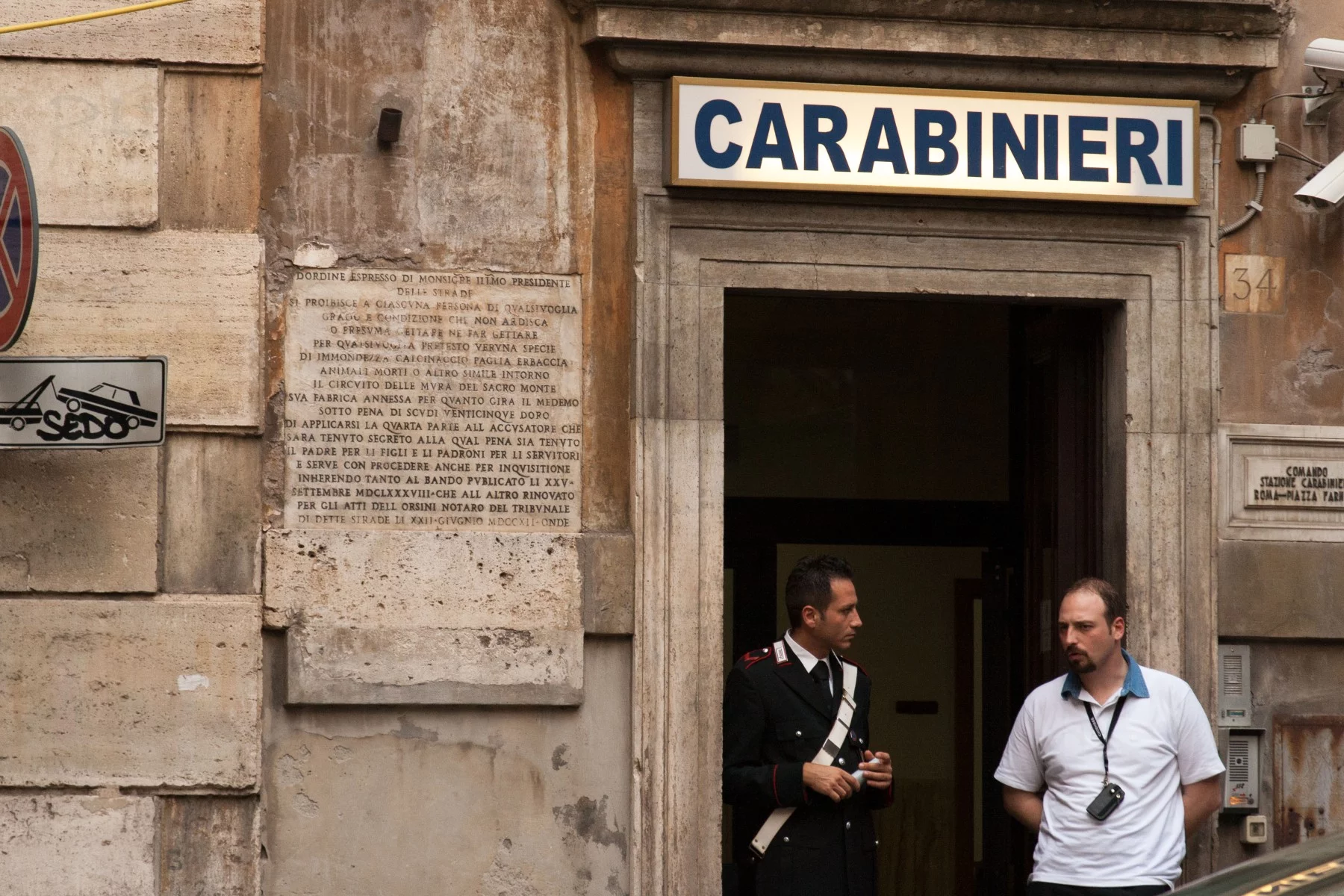
If the police can replicate your license, you will need to provide:
- Two recent passport photos
- Proof of payment
If they cannot reprint your permit, you will need to make an appointment with the UMC and supply the following:
- Filled out form TT2112
- Italian police report
- Proof of payment
- Two passport photos
- Valid ID plus a copy
- Original of the provisional driving license issued by the police
Non-EU/EEA nationals might also be required to provide additional information, such as an Italian residence card.
The cost for a replicated license is €10.20, though prices can differ in certain regions. When the police issue your new permit, it can take up to 45 days to arrive. The wait time for the UMC is approximately 15 days.
Damaged driving permits
Driver’s licenses that are damaged must also be replaced. For example, when you cannot read or see the following:
- Your license number
- Your personal data
- Your photo
- The expiration date
The cost of replacing your defaced permit depends on your location. Generally, expenses include €10.20 for motor vehicle rights and €32 for the replacement.
You can request a new license at the UMC. Be sure to bring the following:
- Completed form TT2112
- Proof of payment
- Original license plus a copy
- Two passport photos (if your license has not expired and will not expire within six months)
- Medical certification (if your license has expired or will expire within six months)
Non-EU/EEA nationals might also be asked to provide additional information, such as an Italian residence card.
Italian driver’s licenses for other vehicles
In Italy, driving a motorized vehicle starts at the age of 14. That is when they can get an AM-driving permit to operate a moped legally.

The age limit of vehicle category licenses is as follows:
| Category | Type of vehicle | Age limit |
| AM | Moped | 14 |
| A1 | Motorcycle (under 125 cubic centimeters (cc), and less than 15 horsepower (hp)) | 16 |
| A2 | Motorcycle (less than 47 hp) | 18 |
| A | Motorcycle (any that are not mentioned under A1 or A2) | 20 (if you have had an A2 license for at least two years); 24 |
| B1 | Quadricycle | 16 |
| B | Car | 18 |
| C1 and C1E | Light transporting vehicle ‘goods’ (i.e., a truck) | 18 |
| C and CE | Heavy transporting vehicle ‘goods’ (i.e., a truck) | 21 |
| D1 and D1E | Light transporting vehicles ‘people’ (i.e., a bus) | 24 |
| D and DE | Heavy hauling vehicles ‘people’ (i.e., a bus) | 24 |
As with category B, you can apply for any of these licenses at the UMC after taking driving lessons and passing the tests.
Useful resources
- Il portale dell’automobilista – official website of the driving license registration office
- Ministry of Infrastructure and Transport – official government website with all information regarding infrastructure and transportation
- Pagine Gialle – Italian yellow pages for finding an appropriate driving school
